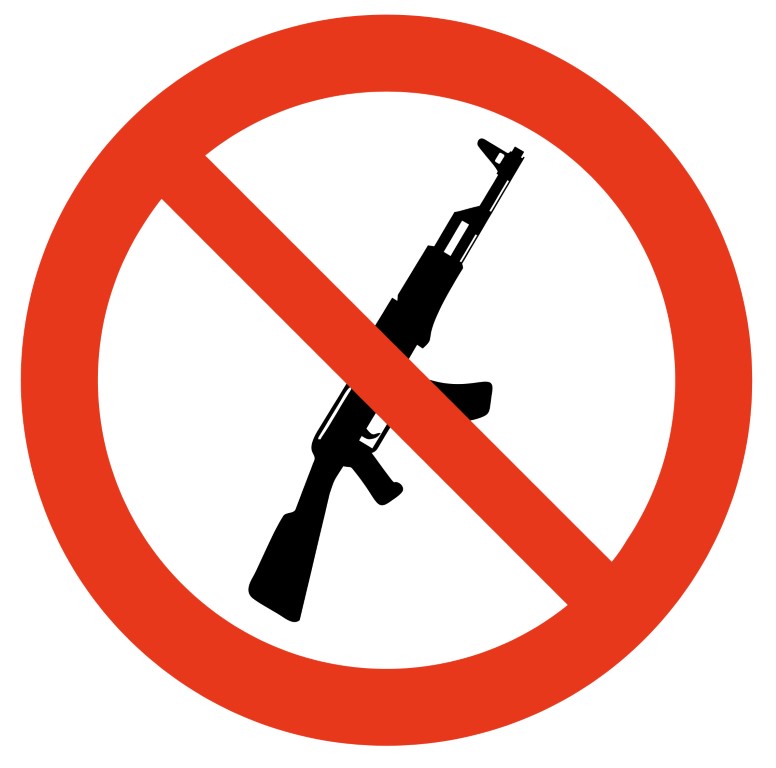
New legislation would not have prevented Nova Scotia murders
By Timothy Easling, Contributor
The Trudeau-led government has banned some 1,500 weapons in reaction to the tragedy in Nova Scotia. The move has been met with opposition and many have criticized the undemocratic nature (there was no voting on the subject) of the ban. The document contained several errors (even mistaking some website names for gun names) and would not have stopped the recent bloodshed were it already in place.
“Enough is enough. Banning these firearms will save Canadian lives,” said Public Safety Minister Bill Blair despite the RCMP’s investigation directly contradicting him; the RCMP stated that they have a “fairly good idea” that the murderer did not have a weapon’s license.
The recent tragedy, and how the weapons were secured, was questioned by a Nova Scotian gun range owner, Gordon Hunt as he mused that virtually all killing is facilitated illegally: “In Canada, you’re not allowed to even purchase ammunition unless you have a possession and acquisition card.”
RCMP Supt. Darren Campbell continued in the vein that no law could have prevented the killings, noting the circumstances: “…he was in possession of a fully-marked and equipped replica RCMP vehicle and was wearing a police uniform.”
The gun ban makes use of a term some have deemed sensationalist. Despite there being no legal definition for “assault-style,” Trudeau has pushed to have this non-legal term on the legally binding ban.
A common argument is that gun bans do nothing since criminals do not purchase weapons from legal outlets. If a person is going to kill someone, the fact that they can’t purchase a gun from a legal source is highly unlikely to stop them. Solomon Friedman, a criminal defence lawyer in Ottawa and an expert on the Firearms Act, told CBC in an interview: “The evidence is clear—criminals are not deterred by new offences or greater punishment. In the case of the most recent tragedy, he’s willing to commit the most serious offence in our criminal code—which carries a mandatory minimum sentence of life in prison—so how could further regulation possibly deter or prevent that conduct?”
Other experts were quick to point out that Canada’s major gun issues arise from illegal importing at the border—not from legal domestic sales. In a CBC interview, Gary Mauser—a professor emeritus at Simon Fraser University—stated: “Smuggling is almost impossible to stop since the US-Canadian border is one of the busiest in the world. CBSA cannot check the very many of millions of shipments that cross the border every day. As long as drug crime is profitable, criminals will actively bring in illegal firearms. Clearly, legislation controlling the actions of the law-abiding cannot affect this.”
Despite the fact that 70 to 99 percent of illegal gun crime (as reported by CBC) emerges from the Canada-USA border, Trudeau has instituted a buyback program that will compensate Canadians who own now-prohibited weaponry. The program will reportedly cost up to $600 million. Meanwhile, two years ago the Canada Border Services Agency (CBSA) received $51.5 million over five yearsto help in the fight against gun smuggling. To clarify, $600 million will be distributed to honest law-abiding Canadians who are willingly turning in their weapons, while just over $10 million a year goes to stopping real crime that contributes to gun violence.
Many, like Ontario Premier Doug Ford, expressed concern that the country is too lenient on gun-crime offenders—who often are quickly back on the streets—while punishing a number of the two-million or so Canadians with licenses. “The problem is not the legal gun owners. We need to target the smugglers, and we need to throw the book at these gangsters out there terrorizing our streets. Throw the key away with these people if they get caught with guns. Don’t give them a slap on the wrist and then try to point the finger at legal, law abiding gun owners.”
Ford is well-versed on the subject, with Toronto having 326 accused of gun crimes out on bail last summer. An example of those released was Shakiem Anderson, who had previously served a term in jail for possessing a loaded prohibited or restricted gun and was on a three-year weapon probation. He was charged with 22 offences; his last chase started with a hit-and-run in broad daylight with the passenger in his SUV opening fire and finished with him driving on sidewalks almost hitting pedestrians, smashing vehicles, and ramming a police car.
In addition to the fact that criminals were already violating Canada’s existing laws, there were several items on the list that suggested Trudeau’s ban was primarily about posturing, among them the inclusion of “z.085 AR15.Com ARFCOM” and “z.086 AR15.Com AR15.com” serving as two examples. AR15.Com is a website, not a gun.
According to the Justice Department and Statistics
Canada, the rate
of gun murders has remained virtually unchanged since 1989—the year of the Ecole
Polytechnique shootings—suggesting that gun controls do nothing to prevent real
criminals.
